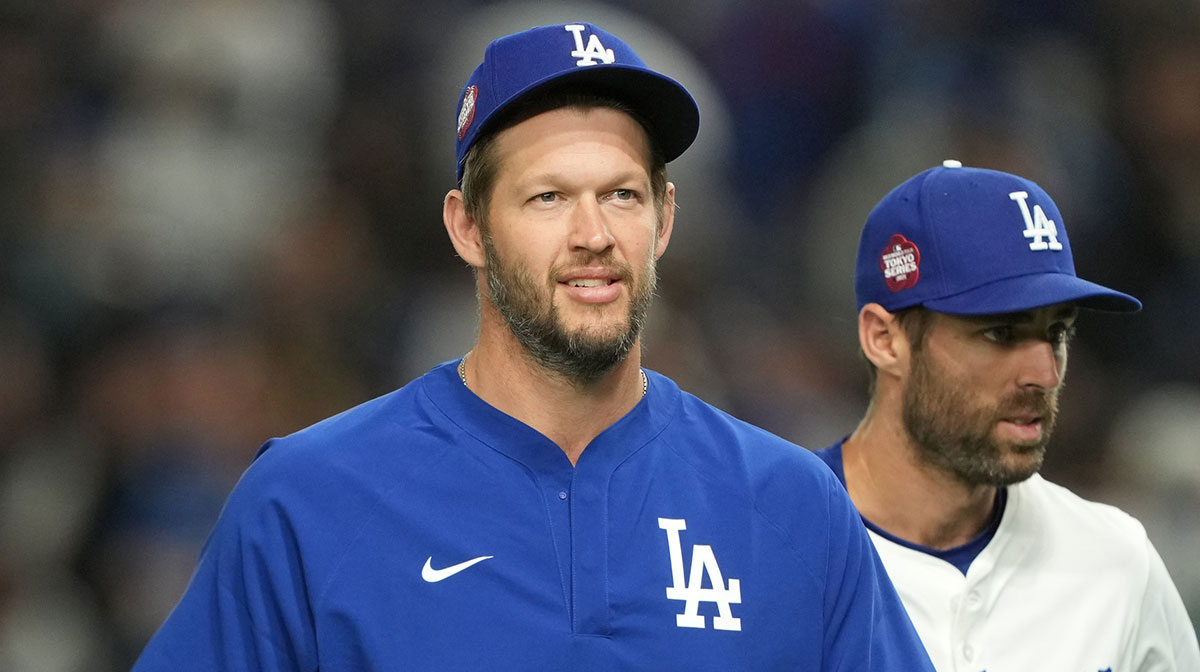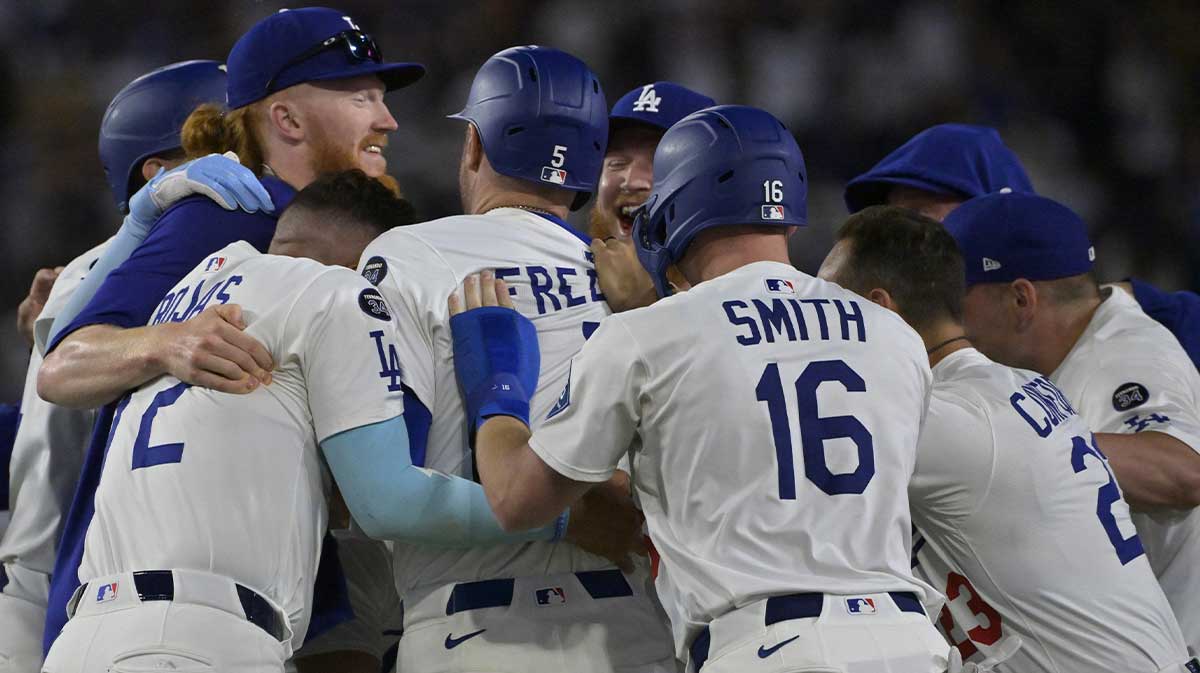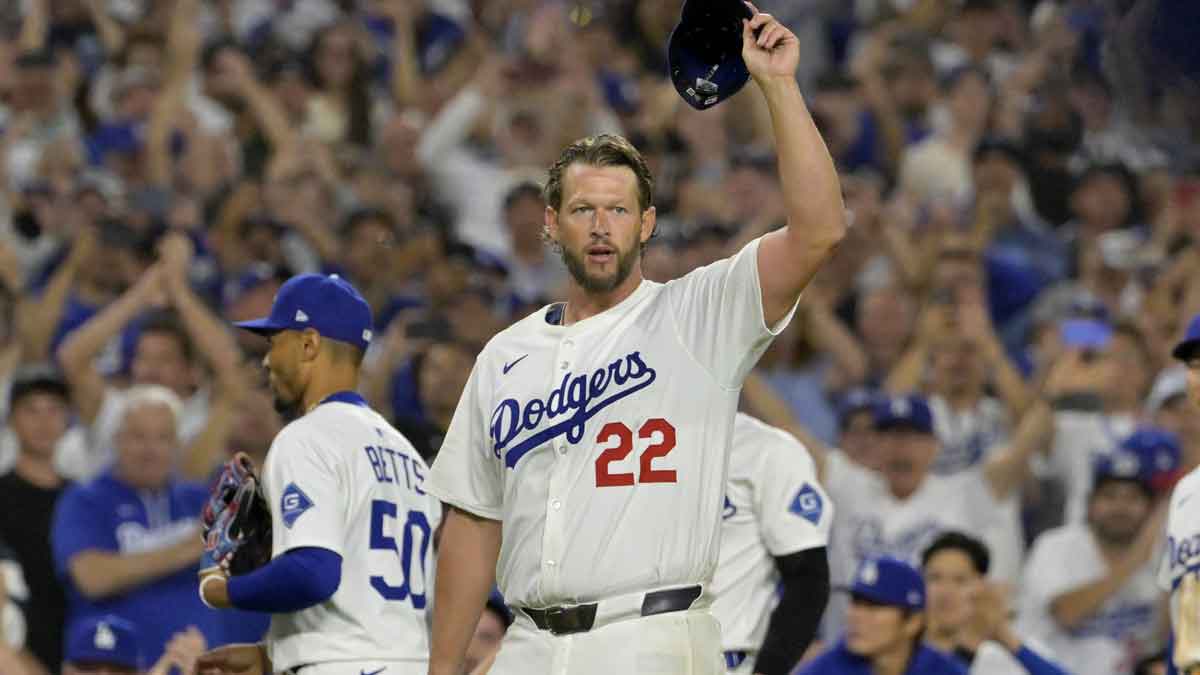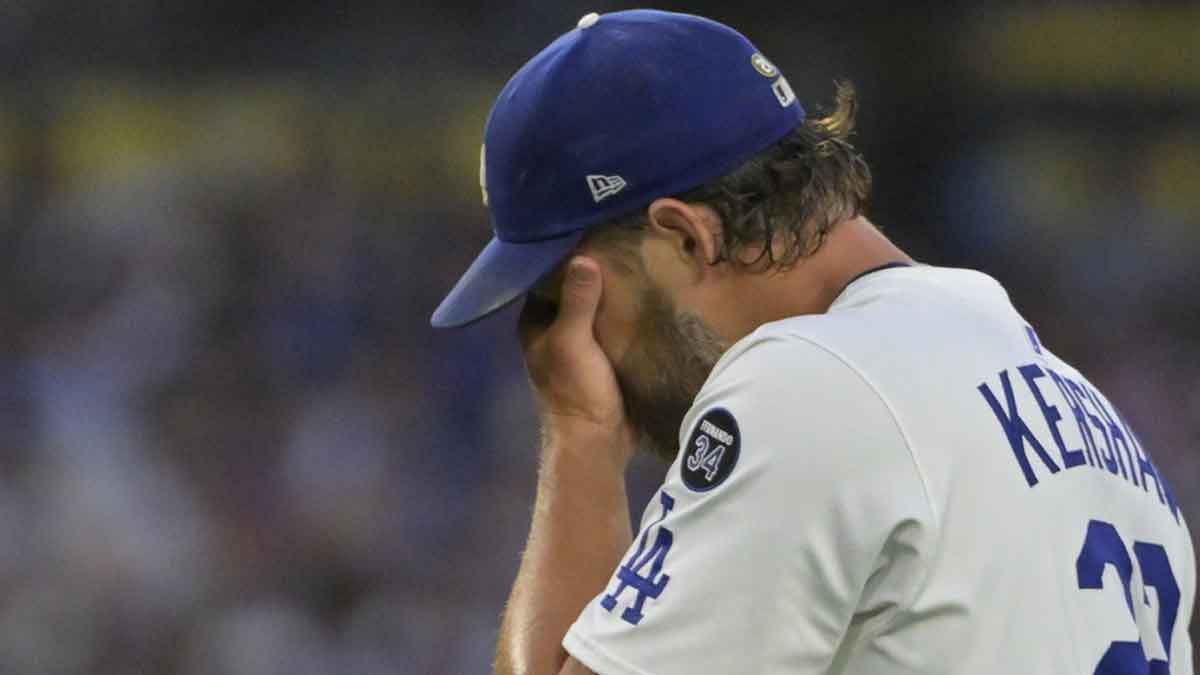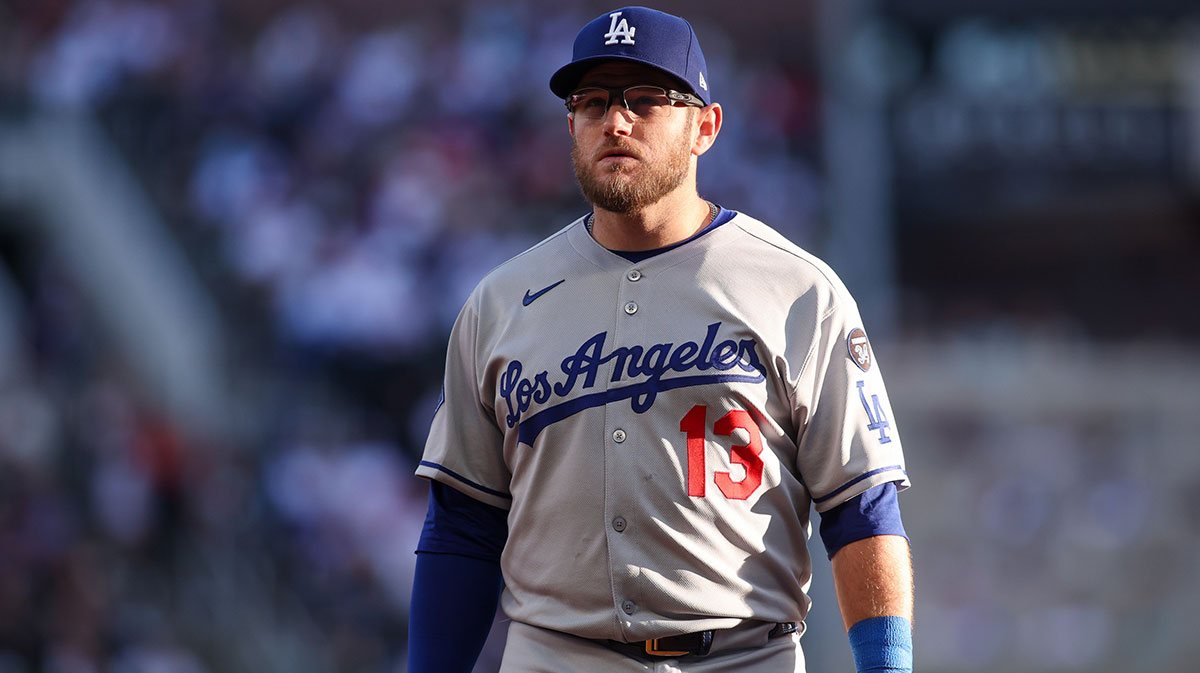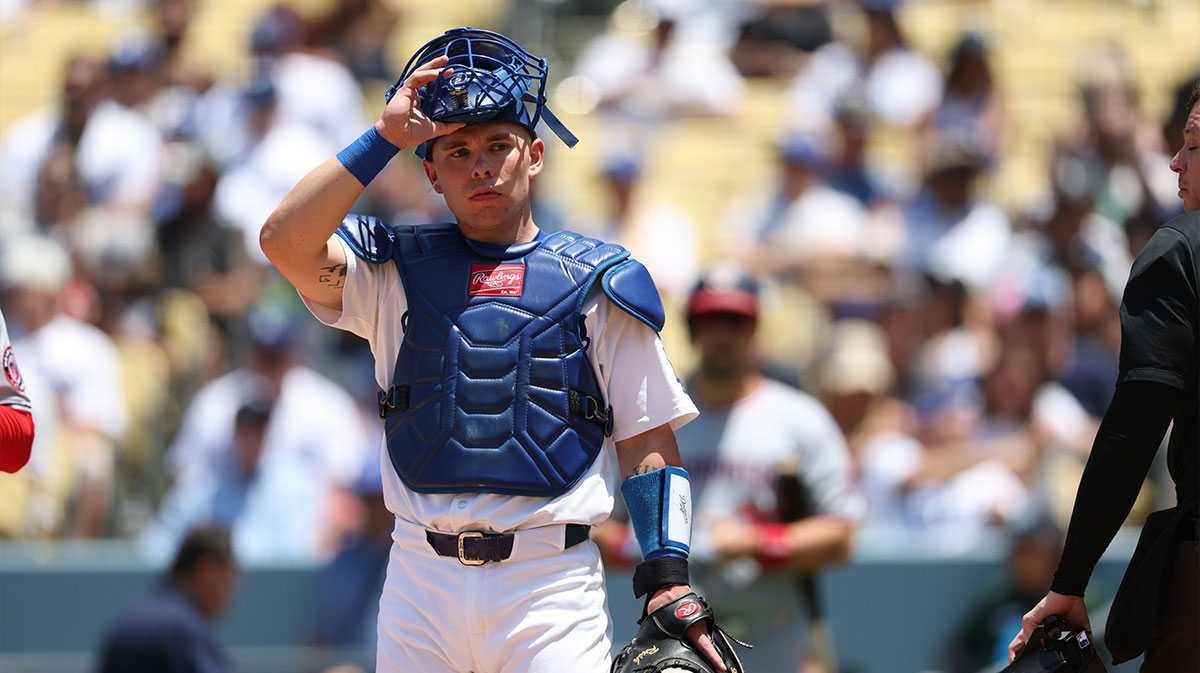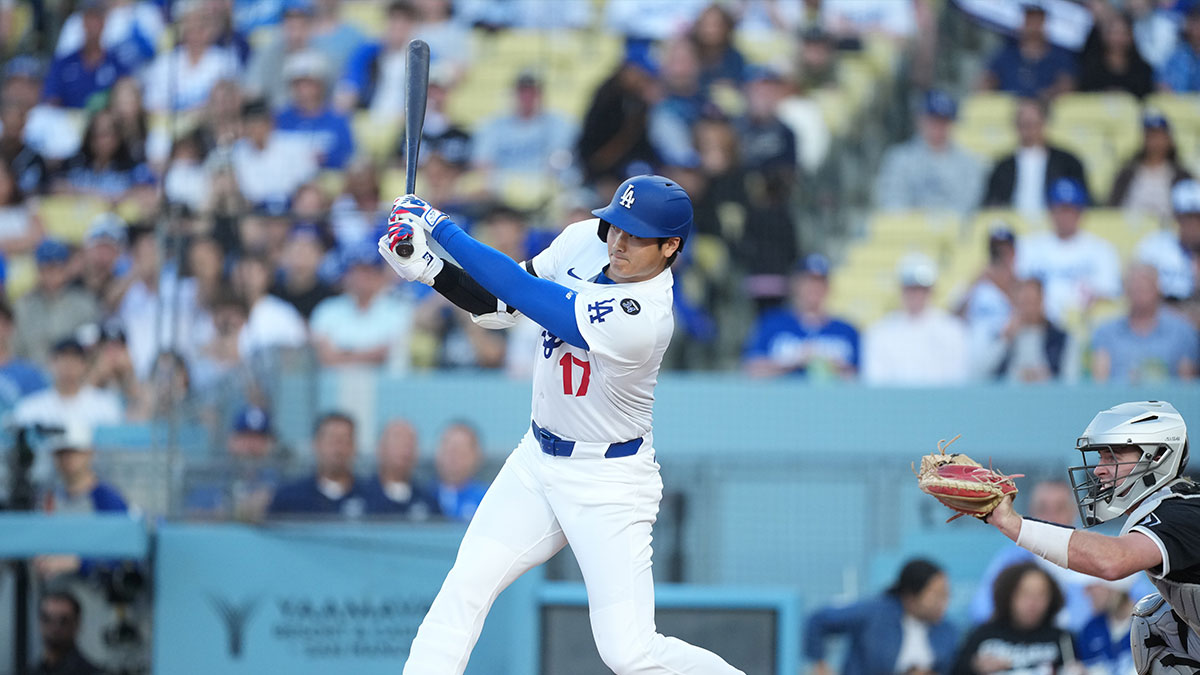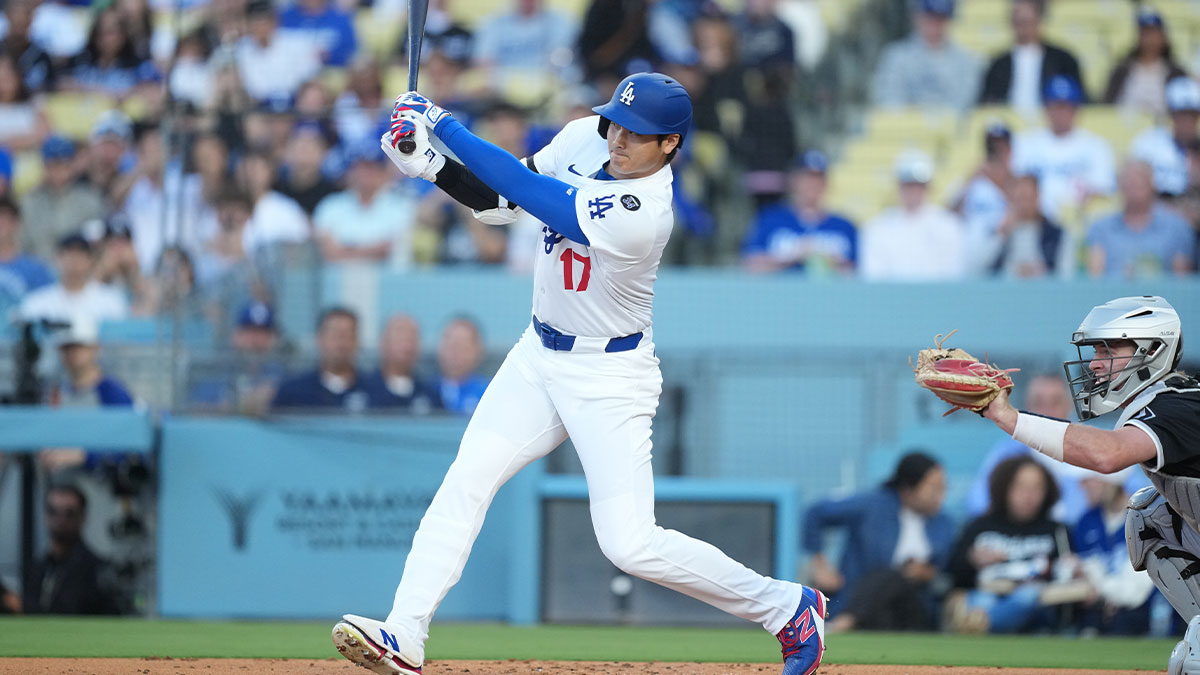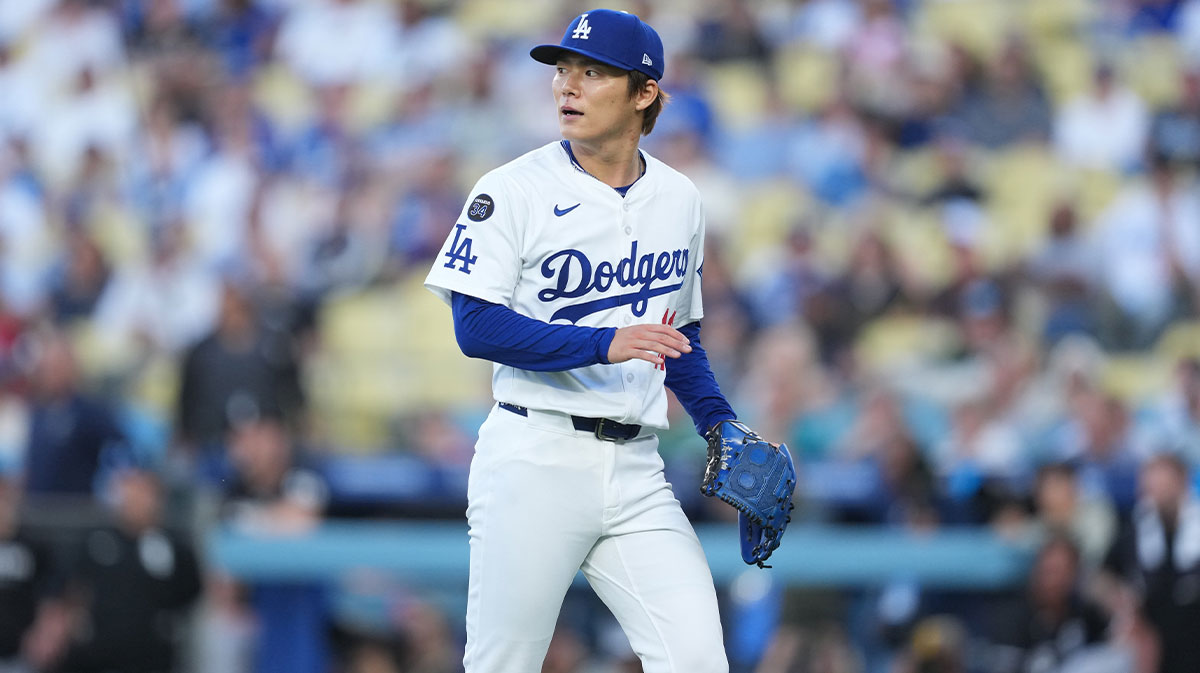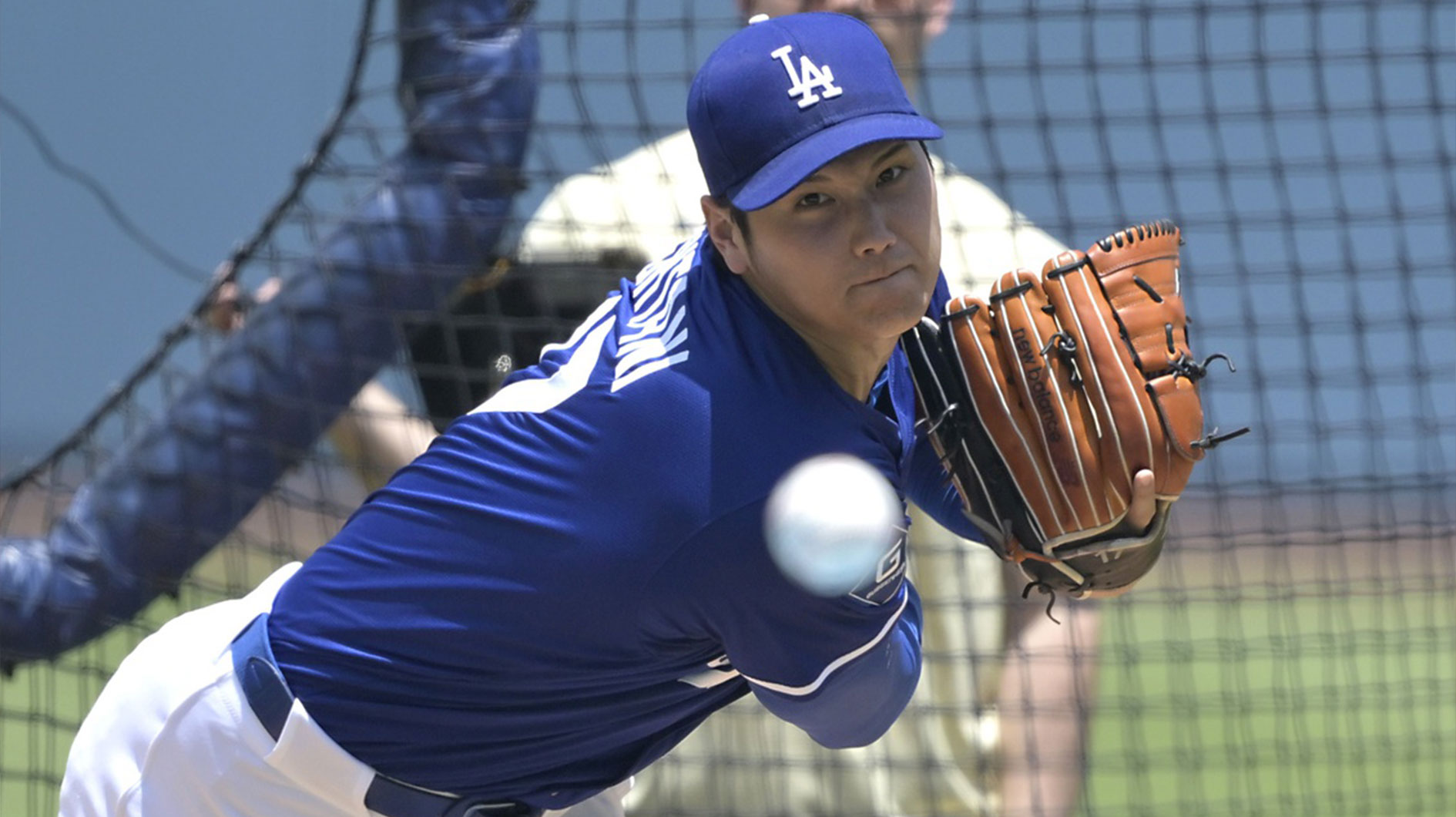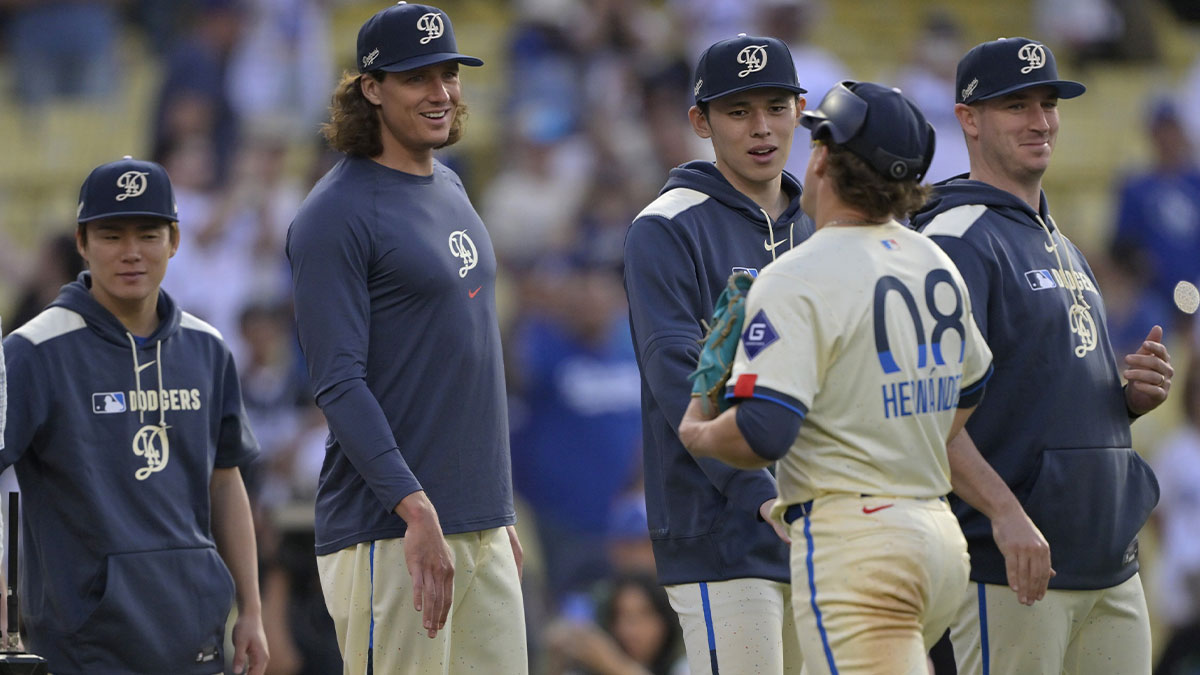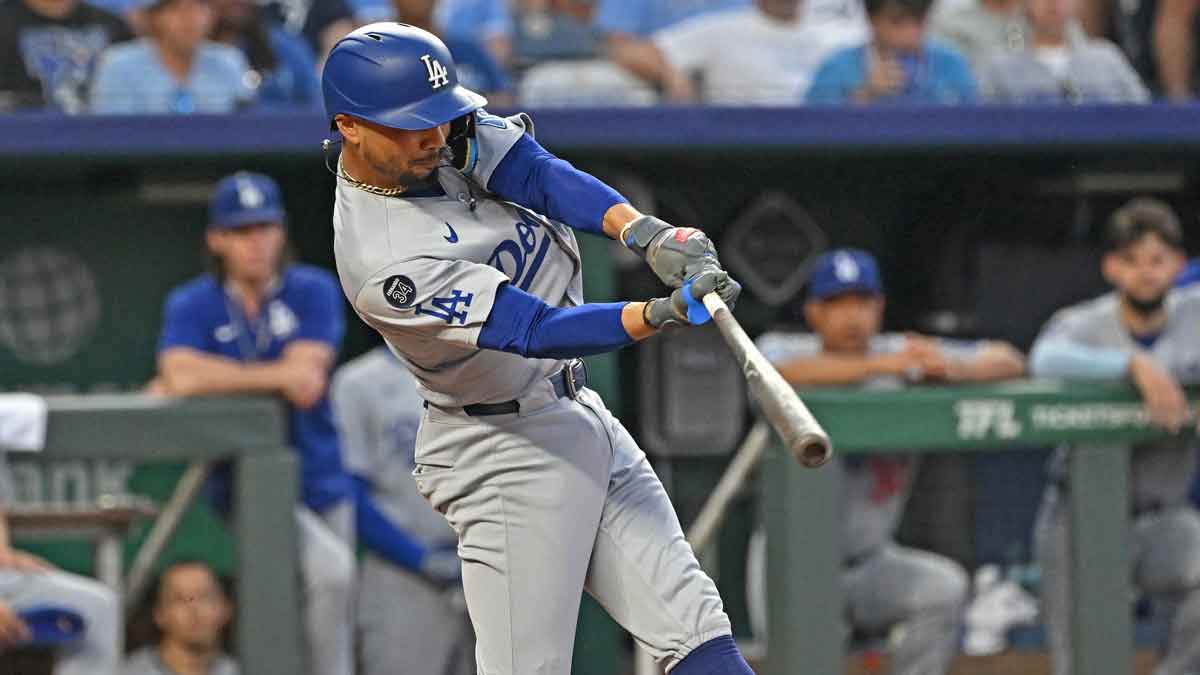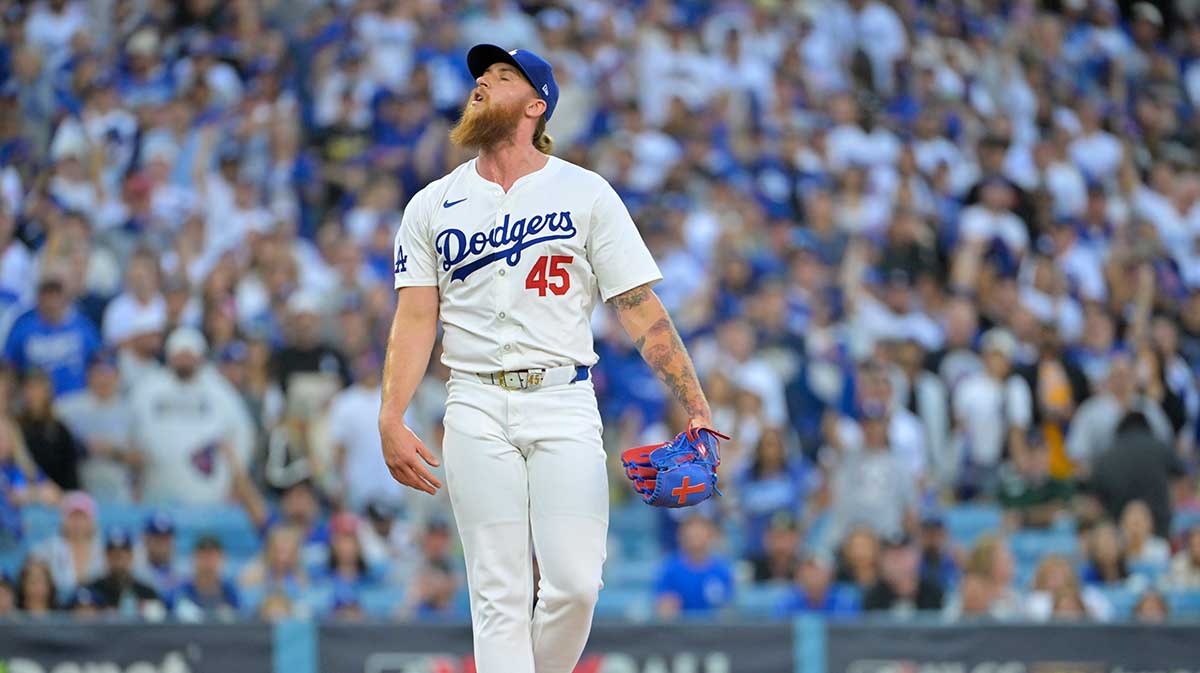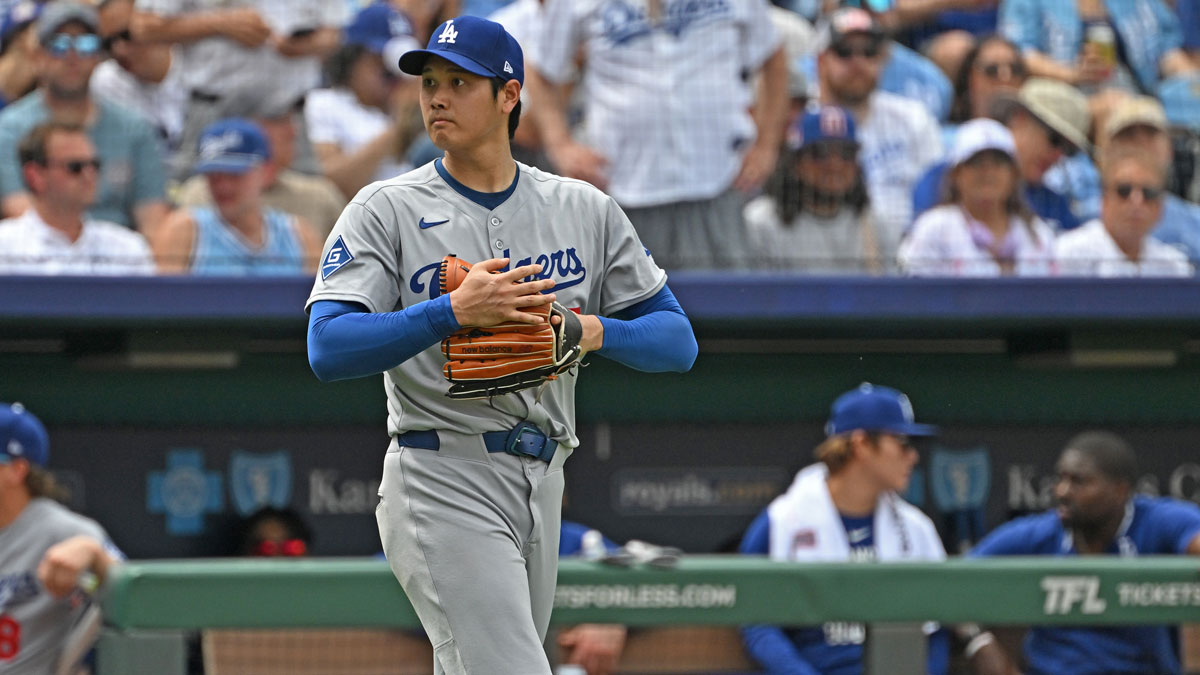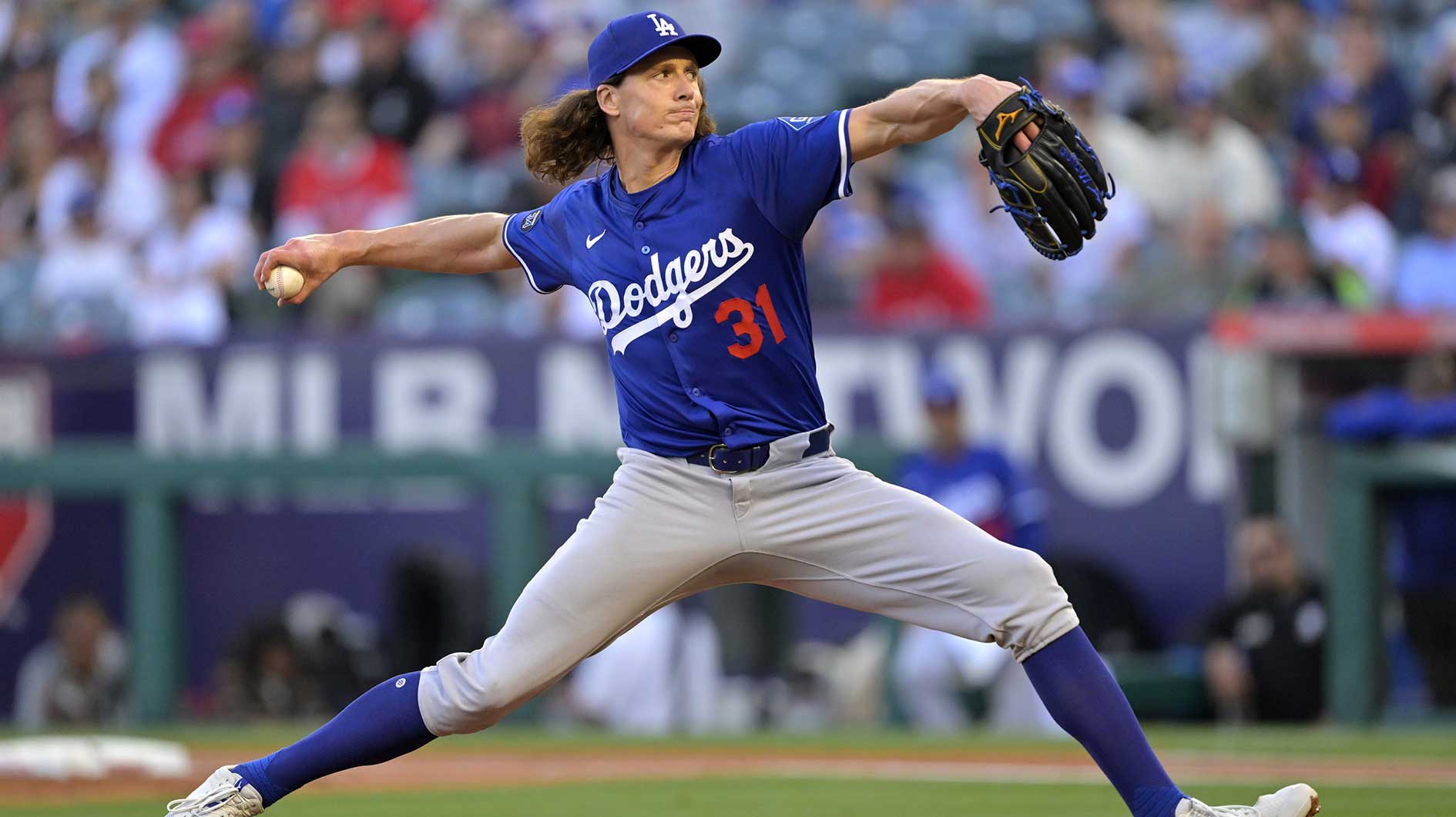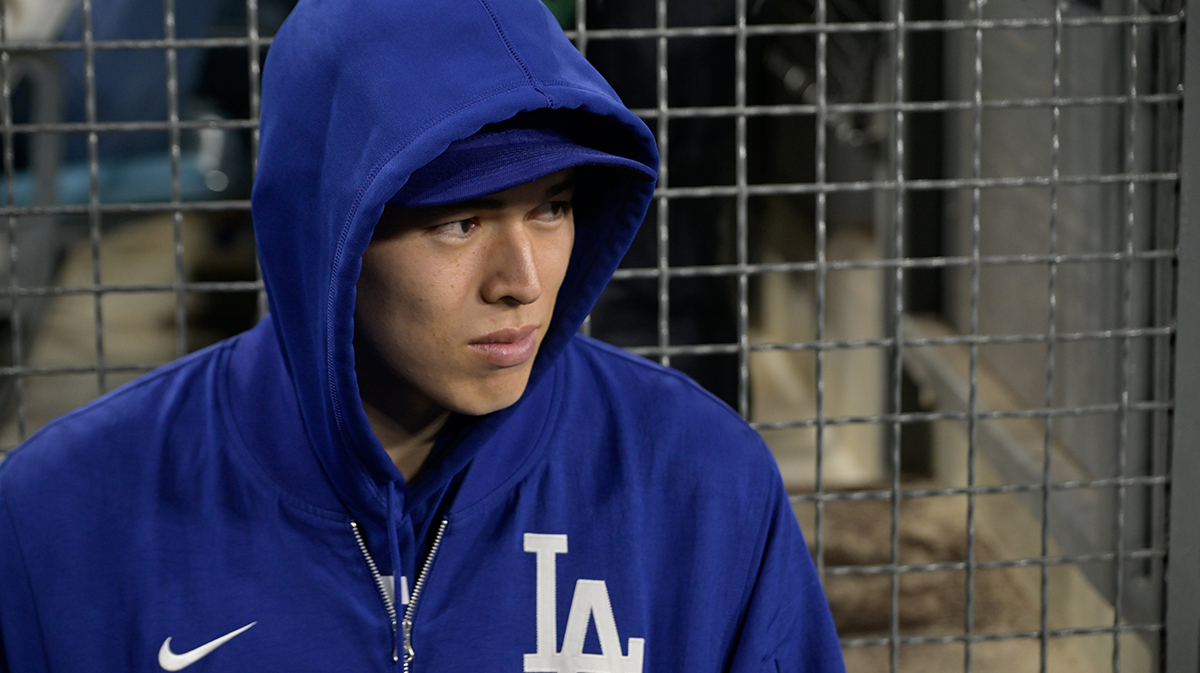The Los Angeles Dodgers have jumped out to another early lead in the National League West despite a number of disappointing individual starts and a a rather shoddy bullpen.
While Corey Seager continues to round into baseball shape after missing the entirety of the 2018 season and Clayton Kershaw has only just returned from injury, Cody Bellinger has propelled himself into the superstar role.
As of Apr. 24, Bellinger had already accumulated an astonishing 2.5 fWAR, the best mark in the majors to this point in the season and a full half-win ahead of crosstown superstar Mike Trout.
Though Bellinger has shown the capabilities of a prolific slugger with good speed and defensive abilities, he has erupted into superstardom while keeping the Dodgers atop the NL West.
At the plate
Bellinger clobbered 39 homers with a .581 slugging percentage as a 21-year-old rookie in 2017, instantly asserting himself as yet another young star for a Dodger team that seemed to burst with young talent. Though he struggled in the postseason, it seemed as though there was nowhere to go but up for the National League Rookie of the Year.
However, success was harder to come by in 2018. Though Bellinger still hit 25 homers and actually cut his strikeout rate by three percent, both his slugging percentage and isolated power were down by about 100 points, and he lost seven points on his batting average.
It seemed to be a tale of two halves. In the first half of the season, Bellinger slugged .481 with 17 homers, but he also struck out 93 times. After the All-Star break, his average and on-base percentage each improved by 40 points, but he also hit just eight homers while his slugging percentage fell.
Part of Bellinger's struggles seemed to point to a contact rate that fell below league average. He was simply missing pitches in the strike zone. That has hardly been the case in 2019.
Through his first 25 games, Bellinger led the bigs in hits (39), batting average (.424), OBP (.500), slugging (.891) and OPS (.1.391) while smacking 12 homers for good measure. According to FanGraphs, his strikeout rate had plummeted to just 12 percent, while his isolated power soared to .467.
Most notably, Bellinger's contact rate is up to 87.6 percent so far this season (as of Apr. 24), as compared to 72.4 last year. All of this with a swing rate that has actually declined from last year as well. In short, Bellinger is crushing mistakes, and hitting everything in and around the zone.
The advanced metrics are fairly astounding as well. For Bellinger, a sharp decline in launch angle has actually seen steep increases in both barrel percentage and exit velocity and hard hit percentage, according to MLB Statcast.
The modern game has become a proponent for launch angle, and especially for Bellinger, who stands very upright and uses tons of leverage. But his success in staying on top of the ball has actually generated more power.
And in the field
When the Dodgers met the Milwaukee Brewers for a four-game set at Miller Park, it not only offered a rematch of the 2018 NLCS. Rather, it was a chance to see Bellinger and Brewers star Christian Yelich (off to another terrific start in his own right) go head-to-head.
The Dodgers took three of four from Milwaukee, with Bellinger hitting a pair of go-ahead homers in both the series opener and finale (the latter came off of Brewers star reliever Josh Hader). However, it was a play he made in the field during the finale on Apr. 21.
Yelich had already homered in the first three games of the series, including a multi-homer game just a day earlier. And in the eighth inning, he cranked a ball to right-center. But Bellinger ranged over, timed his leap perfectly, and robbed Yelich of another homer:
Initially brought up to the bigs as a first baseman, Bellinger's speed and versatility as an outfielder has created a number of options for manager Dave Roberts. Not only is Bellinger able to play the outfield, but also he excels because of his range and athleticism.
Last season, Bellinger registered six Defensive Runs Saved in just under 500 innings at centerfield. As Los Angeles' everyday right fielder in 2019, he has already matched his DRS total from last season through just 25 games, while also registering an 11.5 UZR/150, according to FanGraphs.
Losing Yasiel Puig and Matt Kemp becomes rather inconsequential when you can simply plug Bellinger in at right field and actually have a net gain. And that is exactly what has happened for the Dodgers thus far. Similarly, his experience at first makes him a candidate to man the corner position when Max Muncy sits against left-handed pitching.
As if Bellinger's red-hot start with the bat and the glove weren't convincing enough for why he is an early NL MVP candidate, he has also stolen four bases. And according to Statcast, he ranks 21st in the MLB in terms of average sprint speed.
So do not just chock Bellinger up as one-dimensional when you consider his value to this Dodger team, because he is proving to be one of the best all-around superstars in all of baseball.

